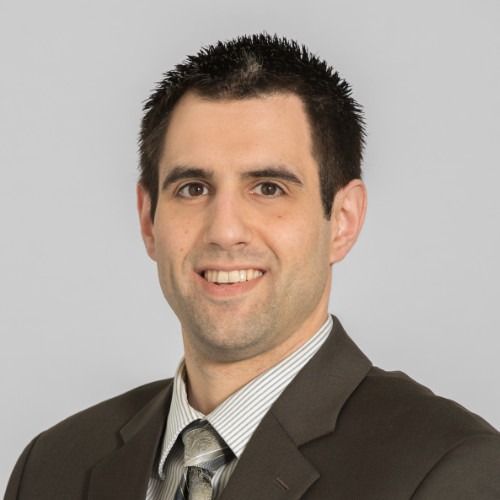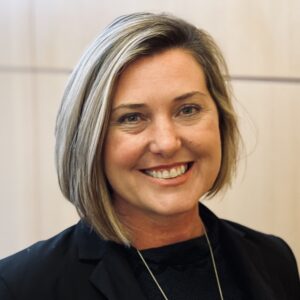A clearer picture of assisted living nationwide
Because the government doesn’t have enough data on unregulated residential care facilities, the National Center for Health Statistics, part of the CDC, engaged assisted living and personal care home providers to partake in a 2010 survey on everything from their bed capacities and census to how many residents receive Medicaid. The results, recently released here, provide a comprehensive look at the assisted living landscape.
These are the survey’s key findings as highlighted by the CDC:
● In 2010, residential care facilities (RCFs) totaled 31,100, with 971,900 beds nationwide.
● About one-half of RCFs were small facilities with 4–10 beds, which contained one-tenth of all RCF residents.
● In contrast, large facilities with 26–100 beds and extra large facilities with more than 100 beds made up a mere 35 percent of RCF facilities, but had 81 percent of all RCF residents.
● The larger RCFs were more likely to be chain-affiliated and to provide occupational therapy, physical therapy, social services counseling and case management.
● About 4 in 10 RCFs had one or more residents who had some or all of their long-term care services paid by Medicaid.
“[T]hese findings establish baseline national estimates as researchers continue to track growth and changes in the residential care industry,” the report states. Researchers say this information will come in handy when policymakers and consumer advocates engage in discourse over the industry. To that end, it is then especially important that they’ve pointed out the growing trend in Medicaid residents.

Kevin Kolus wrote for I Advance Senior Care / Long-Term Living when he was an editor. He left the brand in 2012. He is now senior communications manager at Cleveland Clinic.
Related Articles
Topics: Housing











